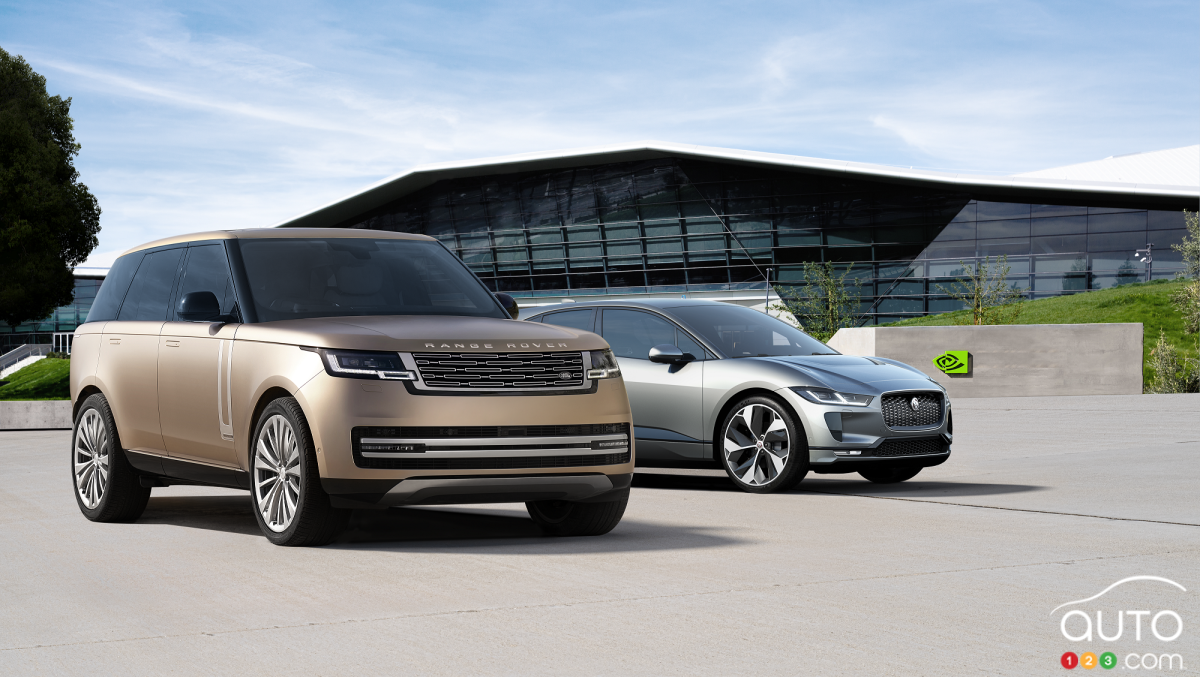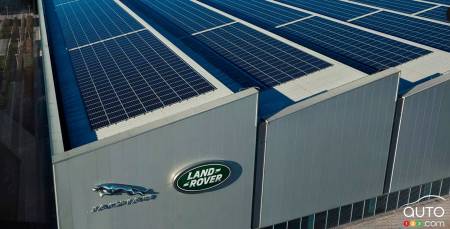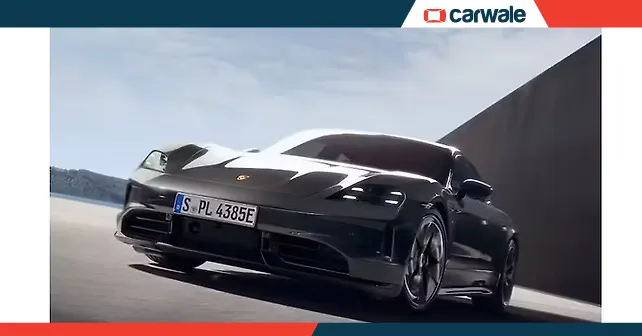
Jaguar Land Rover (JLR) is eliminating 500 management positions, a decision that comes despite the company’s best dividend returns in 10 years during its last fiscal year, which ended in March. The departures will be on a voluntary basis. JLR says its aim is to realign its leadership with the current and future needs of the company.
The Defender in the crosshairs
After a temporary halt in shipments to the U.S. due to a sudden increase in tariffs to 27.5 percent under the Trump administration, JLR saw sales plunge by 11 percent in the following quarter. Duties on British cars have now been reduced to 10 percent, but the Defender, assembled in Slovakia, remains subject to the full tax, which undermines its profitability. Yet, it is the brand’s best-selling model.
Weak dollar complicates matters
Chief Financial Officer Richard Molyneux points out that the weak dollar, exacerbated by U.S. protectionist policies, makes JLR vehicles more expensive for American consumers. The company is partially protected in the short term thanks to hedging strategies, but it expects to suffer in the medium term.
Chinese market loses momentum
Another storm cloud on the horizon: the marked slowdown in the Chinese market for Western luxury brands. JLR’s sales there fell by 15 percent, causing China to drop from first to fourth place in its global markets.

| Photo: Jaguar Land Rover
Exploding costs and declining margins
In two years, JLR has added nearly 6,000 employees, pushing its annual payroll from 3.7 billion to 6.3 billion CAD. While this reflects a desire for growth, the company warned that its profit margins would fall from 8.5 percent to a range of 5-7 percent this year, due to multiple financial pressures.
A prolonged strategic shift
Faced with uncertainty surrounding the adoption of electric vehicles, JLR has decided to prolong the production of its internal combustion engine models. To support this strategy, its five-year investment budget has increased from £15 billion to £18 billion.







